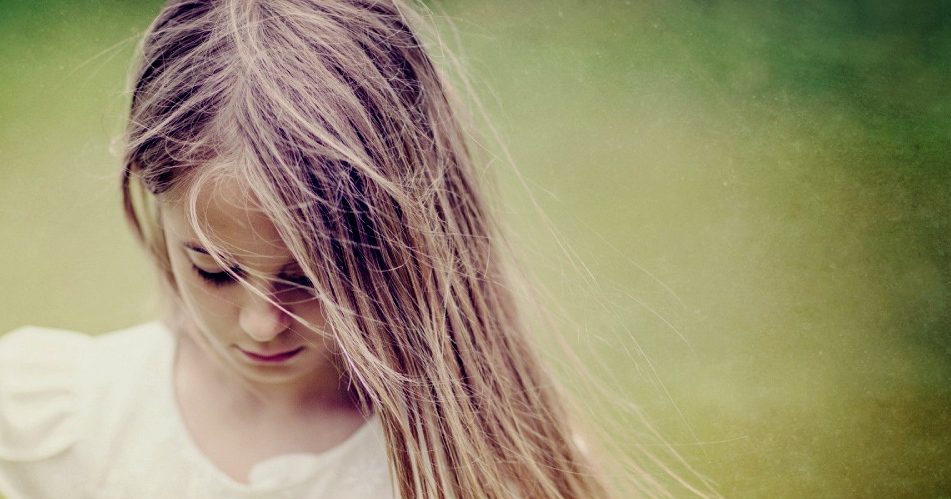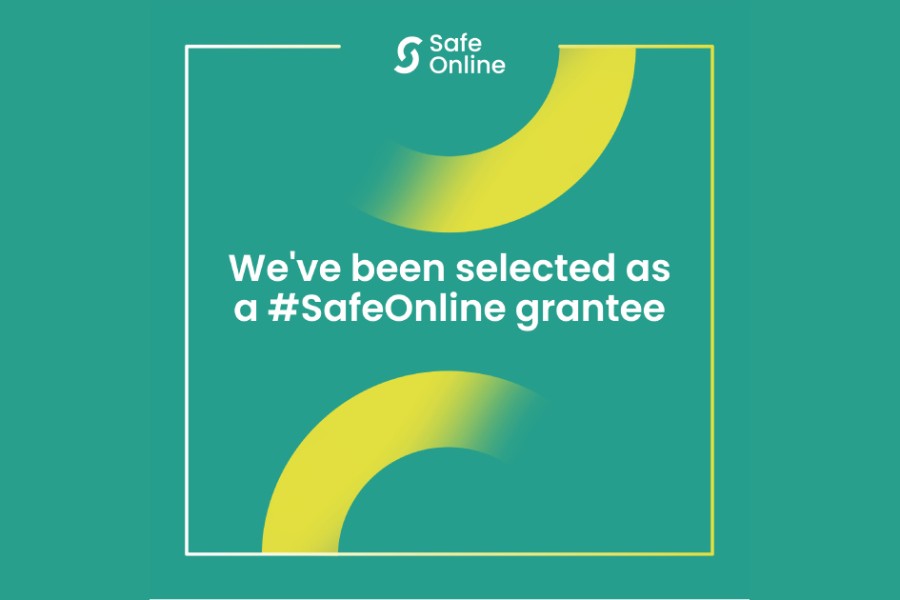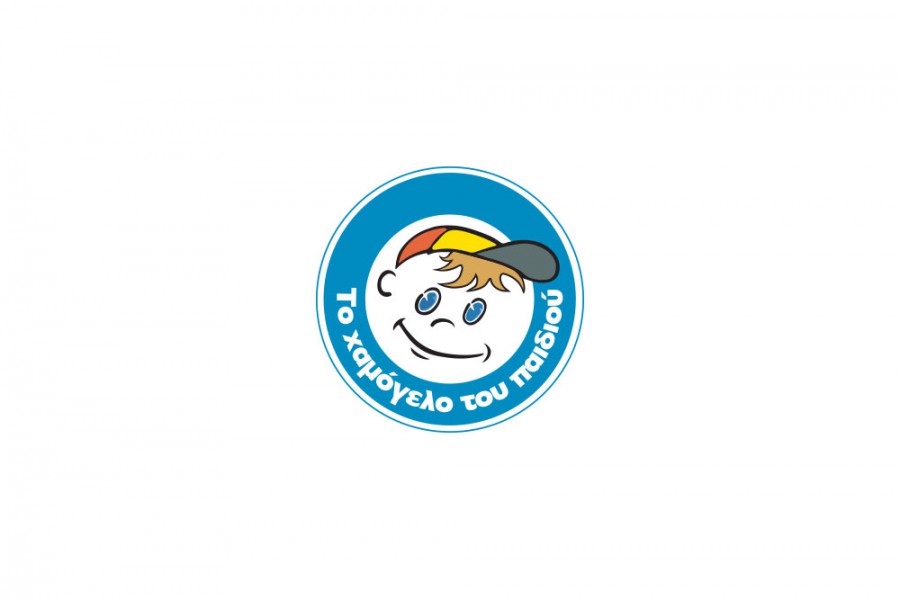The social anxiety in children!

What is social anxiety in children?
Very often we encounter children among our family and friends who feel embarrassed when asked to reply to our greeting, who will hide behind mommy and daddy when they are asked a question or who will awkwardly respond with one word. When we hear the term "social anxiety", this kind of examples probably come to mind. Is it however social anxiety indeed or is it just a normal development period in which the child still explores and develops its social skills and may simply be characterized as shy?
It is equally normal for a child to feel comfortable with strangers in a short time or to need more time so as to feel the safety required to communicate with a new person. In some cases though, the child may experience intense anxiety and fear when having to interact with a lot of people. All these behaviors constitute a continuum that includes on the one hand the complete comfort of social contact and on the other hand the existence of social anxiety disorder (or social phobia). There are clear limits between social inhibitions, defined as a characteristic of the child's personality (what we call a "shy child") and anxiety disorders, as in the case of social anxiety disorder (or social phobia).
More specifically, social anxiety refers to the fear a person experiences in social situations, i.e. when he feels that during his interaction with other people he will be persistently stared at and/ or he will be negatively characterized or that he, in any way, may be humiliated in front of others. This basically constitutes an expression of fear that his social self is in danger. It is usually understood that this fear is oversized compared to the situation (American Psychiatric Association, 2000).
Scientific data demonstrate that in the majority of these cases, the starting age of this disorder is the beginning of adolescence (approximately 10-13 years old) without this excluding its presence in younger ages (Atkinson & Hornby, 2002).
More specifically, a child with social anxiety will typically fear and avoid situations where:
-he/she has to do something in front of others (e.g. talk, read, eat, drink)
-he/she has to interact with other people or peers
-he/she is among people
Because he/she thinks that:
-he/she will do something wrong
-he/she will do something and others will make fun of him/her
-others will realize that he/she is scared, because he/she will blush, tremble, sweat or lose his/her words.
-he/ she will be negatively characterized
Social anxiety is not...
- the occasional fear in cases where a person has to talk or do something in front of an audience.
- the social inhibition which periodically appears based on the evolutionary stage of normal development.
It is also important to mention that the expression of social phobia does not only depend on one factor, but is multi-factorial depending on genetic and biological characteristics, personality traits, parental behaviors and learning factors (Lieb, Wittchen, Hofler, Fuetsch, Stein, & Merikangas, 2000)
Is my child just shy?
Social anxiety (or phobia) is experienced occasionally by all people when they are asked for example to support their opinion in front of others or to present something in front of an audience. It is expressed as a feeling of shame experienced in individual situations and temporarily. When a child, let alone a teenager, suffers from social anxiety disorder, he/she typically tries to avoid any social situation that will possibly cause him/her this intense fear of interacting with other people. Therefore he/she gradually isolates himself/herself from the social life, all outdoor activities are reduced, friends and social contacts are progressively lost. As long as this vicious circle is established, where the child is isolated and avoids social interactions, therefore his/her social skills begin to decrease, the child is led to further isolation, adjustment problems and reduction of his/her self-esteem. Moreover, a substantial drop in his/her school performance occurs, as well as a total denial to attend school. In long-term situations, the child may be driven to depression or substance abuse (Kakouros & Maniadaki, 2002).
I think that maybe we should consult a specialist, but I am not sure...
Keeping in mind that anxiety over social situations is to a certain extent expected and normal, and that it certainly varies from one child to another, we should be alert if we see that the child expressed intense or excessive fear to interact with other people and this condition remains for a long period of time.
A few signs that may motivate us to consult a specialist are the following:
- intense and continued fear for social situations
- anxiety over social situations that may lead to panic attacks
- avoidance of social situations or tolerance with tension and discomfort
- avoidance of group activities
- signs of a quiet, reserved, lonely and isolated child
- fear of being humiliated or fooled because he/she will blush, tremble, sweat or lose his/her words
-intense effort to remain unnoticed during his/her contact with other people
- intense fear to ask for his/her teacher's help when needed
- intense fear to make a question or talk in the classroom
(Kakouros & Maniadaki, 2002; Atkinson & Hornby, 2002).
What will the therapist suggest?
Social anxiety is a disorder that in chronic form may substantially increase the possibility of depression or substances abuse, possibly as a result of social isolation to which it usually leads (Stein & Chavira, 1998). These facts make us put emphasis on early intervention to identify the existence of such phobia in the child and to immediately train it to effectively manage the problems arising by it before its social skills begin to decrease and it is fully isolated.
The specialist will receive the required information by the child's parents or carers and by the child itself (probably by his/her school as well) to detect its difficulties and assess if the behaviors it has fall within the scope of social anxiety disorder.
Then the specialist will recommend the therapy and number of sessions required for the specific difficulties. The therapy usually aims at the reduction of avoidances and tries to help the child manage the anxiety it experiences properly so as to participate in social situations, reduce the anxiety, stop the isolation and increase its self-esteem. It also regards the training of the child and parents into learning new behaviors, always following the specialist's guidance (Vasilaki, 2008).
How can I, as a parent, help my child?
In any case, ensuring a safe and supporting environment for the child, as well as the positive reinforcement in multiple levels may contribute to minimizing the consequences arising by any difficulty a child faces.
Particular attention should be given to the treatment of a child that probably expresses social anxiety, since its environment tends to believe that the child behaves in this way due to its temperament or age. Furthermore, it is common for them, since the children suffering from social anxiety seek to remain unnoticed, to slip through the adults' attention and remain isolated during their childhood and adolescence.
Parents shall keep in mind that:
- shyness regards the slow familiarization with a social situation, whereas social anxiety regards intense fear and avoidance.
- a child suffering from social anxiety experiences discomfort, tension and usually physical reactions (blush, tremble, stomachache, sweat, rapid heartbeat, etc).
- a child suffering from social anxiety avoids eye contact
- a child suffering from social anxiety avoids group activities
- a child suffering from social anxiety thinks a lot of days earlier of an upcoming social event and how to manage its presence there
- a child suffering from social anxiety gradually loses its sources of pleasure and fun
- a child suffering from social anxiety may express denial to attend school.
To sum up, it is worth remembering that social anxiety of children may easily remain unnoticed, since the parents/carers of the child in order to protect it may not let it be exposed to social situations and therefore its anxiety may not be expressed. In case however it is early detected, it is fully treatable with the help of a specialist.
For any further information or clarification you may call the "European Helpline for Children and Adolescents 116111" and discuss with a psychologist all that may concern you regarding your child.
Literature:
Vasilaki, E. (2008). Διαταραχές άγχους και οι επιπτώσεις τους στη λειτουργία του γνωστικού συστήματος των παιδιών (Anxiety disorders and their impact on the operation of children's cognitive system). Kourkoutas, H. & Chartier, J. P. (Eds.) Children and adolescents with psychosocial and learning disorders. Intervention strategies. Athens: Topos.
Kakouros, E. & Maniadaki, K. (2002). Psychopathology in children and adolescents - Development approach. Athens: Tipothito.
American Psychiatric Association (2000). Diagnostic and statistical manual of mental disorders (4th ed., Text Revision). Washington, DC: Author.
Atkinson, M. & Hornby, G. (2002). Mental health handbook for schools. London: Routledge Falmer.
Stein, M.B., & Chavira, D.A. (1998). Subtypes of social phobia and comorbidity with depression and other anxiety disorders. Journal of affective disorders, Vol.50, pp11-16.
Lieb, R., Wittchen, H., Hofler, M., Fuetsch, M., Stein, M. B., Merikangas, K. R. (2000). Parental psychopathology, parental styles and the risk of social phobia in offsping. Archives of General Psychiatry,Vol. 57, pp. 859-866.
Indicative Literature:
Vasilaki, E., Triliva, S., & Bezevegkis, I. (2001). Το στρες, το άγχος και η αντιμετώπιση τους (Coping with stress and anxiety). Athens: Ellinika Grammata.
Beck, A. T., & Emery, G. (1985). Anxiety disorders and phobias: A cognitive
perspective. New York: Basic Books.



